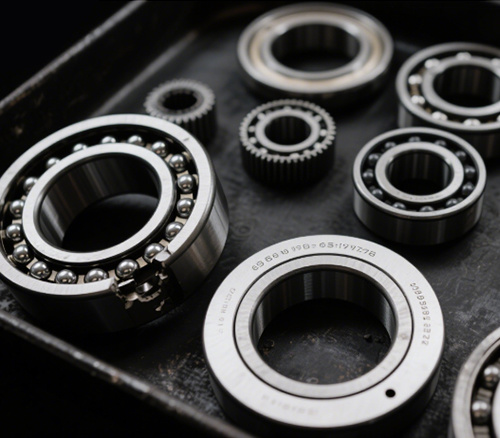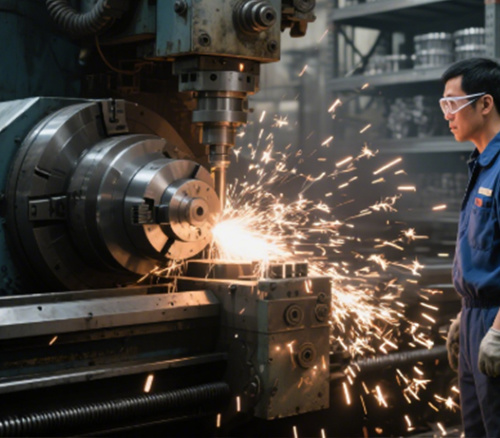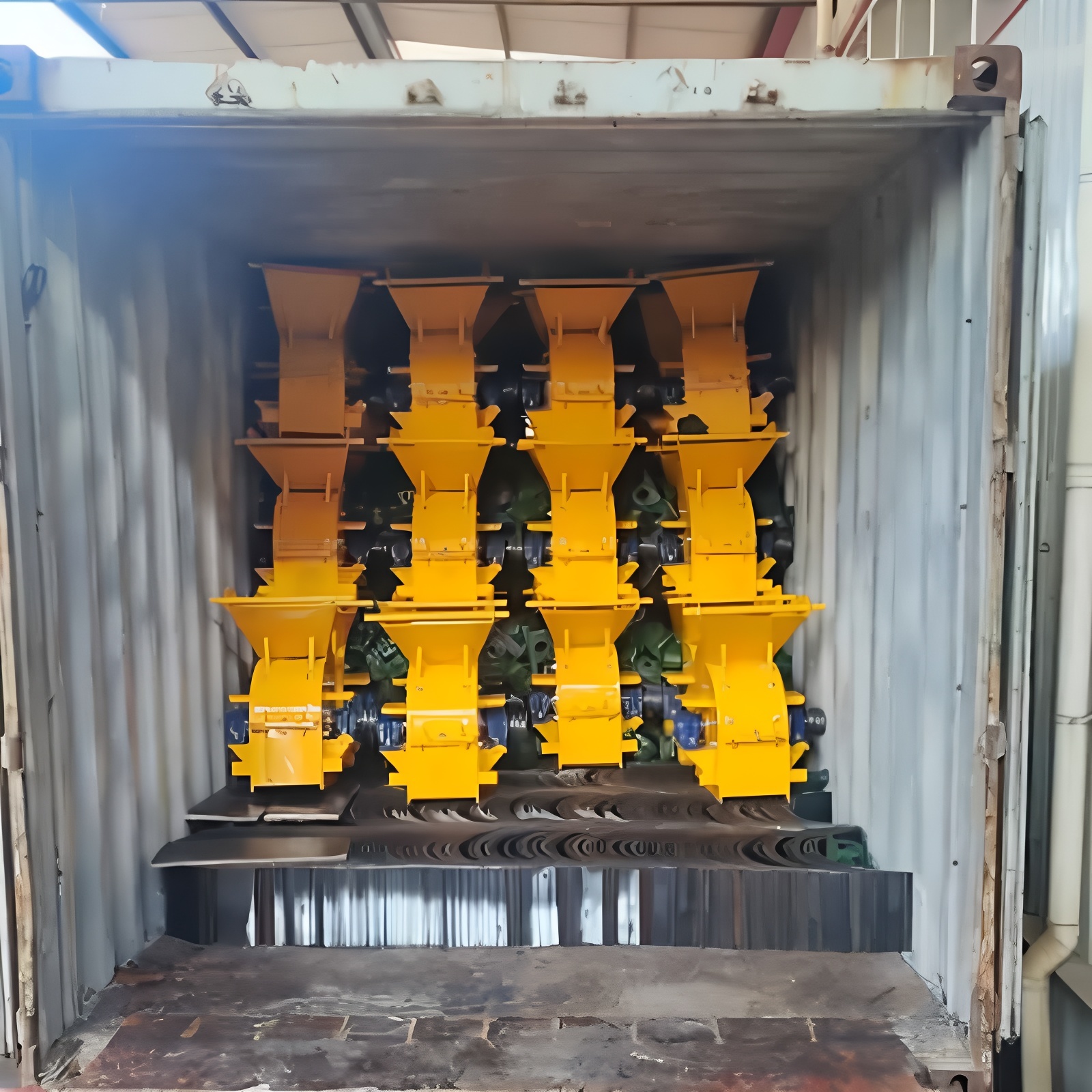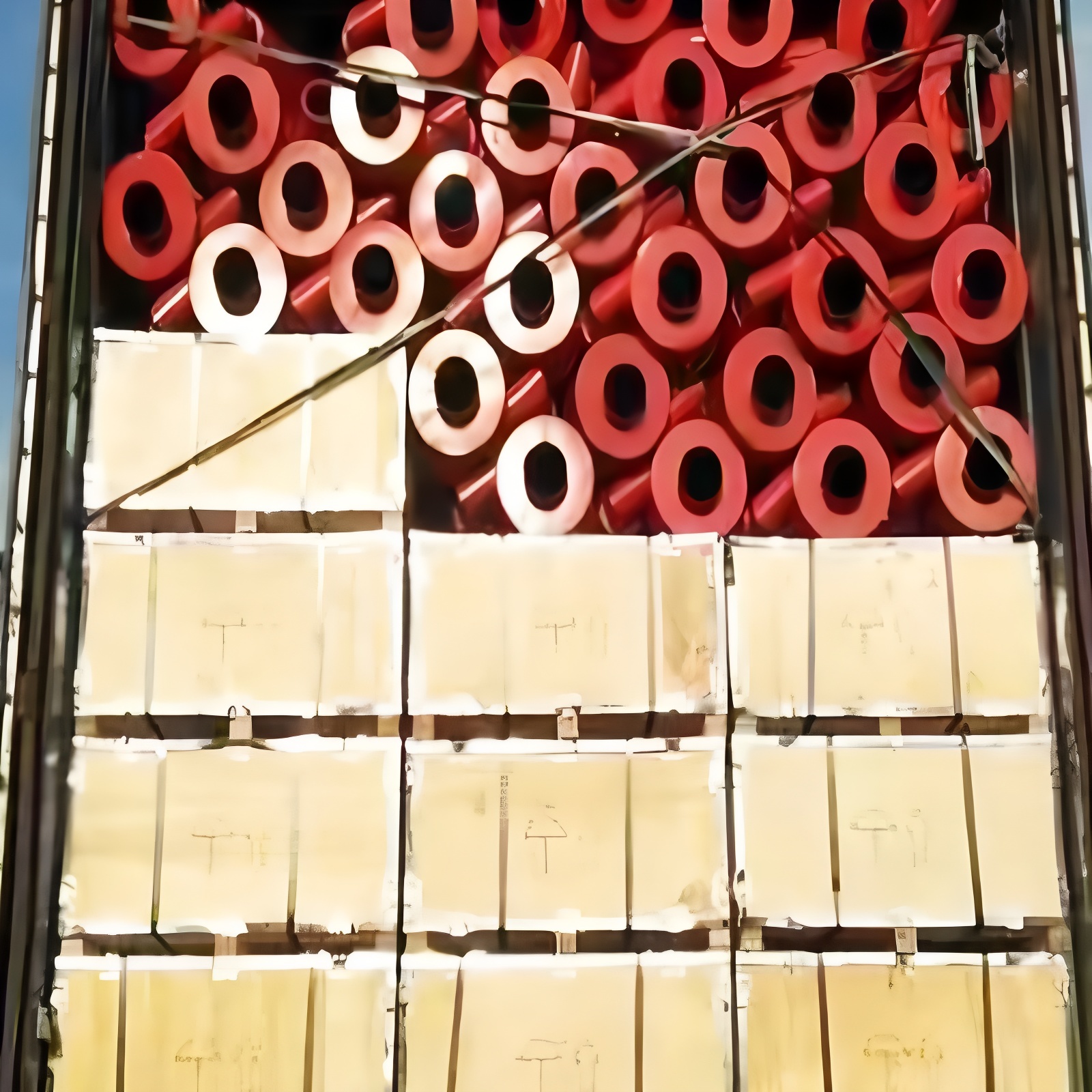Core Classification and Functions of Agricultural Machinery
Sep 02,2025
Power machinery
Tractors: Divided by power into small (<20 horsepower), medium (20-100 horsepower), and large (>100 horsepower), suitable for different terrains and operational needs.
Combine harvester: integrates harvesting, threshing, and cleaning, greatly shortening the harvesting cycle and reducing losses.
Plant protection machinery: including spray, UAV, etc., to achieve accurate application of pesticide and reduce pesticide residues.
Planting machinery
Seeder: Precision seeding technology (such as pneumatic seeding) can control plant spacing and depth, improving seedling emergence rate.
Transplanter: suitable for economic crops such as vegetables and tobacco, achieving automated transplanting and reducing labor costs.
Farmland machinery: Rotary tillers, deep tillage machines, etc. improve soil structure and enhance water and fertilizer retention capacity.
harvesting machinery
Grain combine harvester: for crops such as wheat and rice, it realizes the integration of "harvesting threshing cleaning bagging".
Fruit and vegetable picking machine: Through visual recognition and robotic arm technology, it achieves automated picking of fruits such as apples and strawberries.
Potato harvester: suitable for root and stem crops such as potatoes and sweet potatoes, reducing the rate of damage.
Agricultural product processing machinery
Drying machine: Quickly reduce grain moisture, prevent mold, and improve storage quality.
Rice mills and flour mills: achieve initial grain processing to meet the needs of households or small processing plants.
Feed crusher and pellet machine: convert crop straw into feed to improve resource utilization efficiency.
TAG:
Next
Next:
Related Posts
Working principle of gasoline engine





